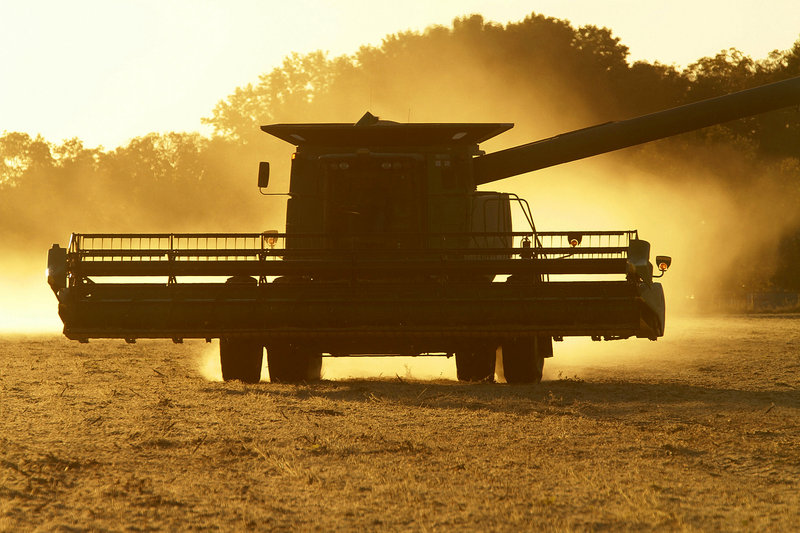WASHINGTON – It’s a deal that most businesses would relish: Buy an insurance policy to cover losses or falling prices, and the government will foot most of the bill.
Such an arrangement has been enjoyed for more than a decade by the farmers who grow crops such as corn and soybeans, and the companies that insure them.
And it’s about to get even better.
The farm bill now before Congress includes a provision — estimated to cost about $3 billion a year — that would help cover the losses farmers suffer before their crop insurance policies kick in. Those losses, termed deductibles, can run in the tens of thousands of dollars for a typical mid-size farm.
Supporters say it’s a money saver because it would replace an existing subsidy costing $5 billion a year. That subsidy, known as direct payments, pays farmland owners a set amount regardless of whether they’ve planted crops on the land. Pressure has been mounting for years to end direct payments, long viewed as a symbol of the largess that flows from Washington to the nation’s farmers.
Critics of the proposal concede it may be less costly than the direct-payment subsidies but say it would still take away U.S. Agriculture Department funds from more important programs such as food stamps, which fed 1 in 7 U.S. residents in an average month last year.
“It’s obvious why a farmer would like this, but it’s not at all obvious why the taxpayer should pay for this,” said Craig Cox, senior vice president for agriculture and natural resources at the nonprofit research organization Environmental Working Group.
The proposed $3 billion subsidy for deductibles would come in addition to an existing federal program to subsidize the premiums themselves. It was included in the farm bill that passed the Senate Agriculture Committee last month by a bipartisan 16-5 vote. The existing premium subsidy program, which would be retained by that bill, costs about $10 billion a year, according to the White House budget office.
Some say farmers don’t need the help. American farms turned an estimated $98 billion in profits last year, up from $55 billion in 2001, according to the Agriculture Department. Those profits were outpaced slightly by sales of crops and livestock, which went from $200 billion to an estimated $363 billion over the same period.
Times may be good right now, but farmers say bad weather or steep price declines could still put them in the red. Protecting farmers’ ability to stay in business also ensures a steady and stable food supply for consumers.
“I’d say agriculture is doing our share of deficit reduction and reducing spending,” said Steve Wellman, president of the American Soybean Association. “But we also think it’s important that we have programs that help agriculture make it through the rough times. It just makes sense to protect an industry that provides jobs and creates billions of dollars of exports.”
Farmers say the program would protect them from suffering years of smaller losses that don’t trigger an insurance payout.
“This just provides some small cushion for the shocks,” said Jon Doggett, vice president for public policy at the National Corn Growers Association. “This is an idea that was developed in the hopes that it would never need to be used.”
The idea that the government should pay to insure crops dates from the 1980s, when Congress, trying to get away from the practice of sending money each year to farmers whose crops had been destroyed by disasters, teamed up with the private insurance industry to offer crop insurance.
The new plan to subsidize deductibles has been billed as a reform, but not all farmers are enamored with the proposal. Small farmers say most of the benefits would go to their larger rivals.
“There’s no rationale to say the largest and wealthiest landowners need taxpayer assistance at that level,” said John Crabtree, media director at the Center for Rural Affairs.
Send questions/comments to the editors.



Success. Please wait for the page to reload. If the page does not reload within 5 seconds, please refresh the page.
Enter your email and password to access comments.
Hi, to comment on stories you must . This profile is in addition to your subscription and website login.
Already have a commenting profile? .
Invalid username/password.
Please check your email to confirm and complete your registration.
Only subscribers are eligible to post comments. Please subscribe or login first for digital access. Here’s why.
Use the form below to reset your password. When you've submitted your account email, we will send an email with a reset code.